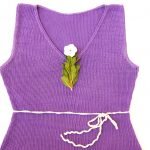Bamboo Drape Sweater. FO Details.
FO - Bamboo Drape Sweater
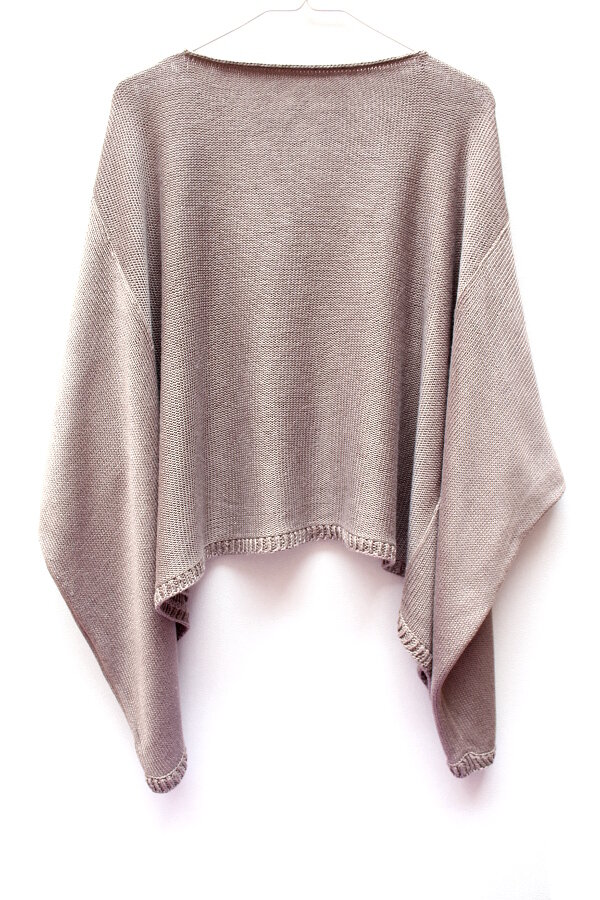 Hello dear friends! It is nice to be back after a little break. My weekend and the beginning of the week were so busy, I couldn't find time to sit and write down the notes for my recent FO - 3d project for my Machine Knitting Challenge 2016. This project was so bizarre - it went completely the other way I expected and it was a pure experiment without a clear plan in my head. Usually I see exactly what I get in the end, but this sweater took its own road.
Hello dear friends! It is nice to be back after a little break. My weekend and the beginning of the week were so busy, I couldn't find time to sit and write down the notes for my recent FO - 3d project for my Machine Knitting Challenge 2016. This project was so bizarre - it went completely the other way I expected and it was a pure experiment without a clear plan in my head. Usually I see exactly what I get in the end, but this sweater took its own road.
Project Notes
Pattern. No pattern, whatsoever. I planned the sweater in my notebook before starting, but after I cast on I realized it had to be changed completely, so I just started experimenting on the machine and see where it takes me. Only when I finished I took some notes, sort of an afterthought pattern. It was a very liberating creative experience when you don't follow any notes and just trust the fabric to take some kind of wearable shape.Machine. The sweater is made of 6 separate blocks of fabric that were knit on Silver Reed LK150 knitting machine. As I told you in my first tutorial on the machine knitting, the machine has its limits. When I decided to experiment with bamboo, I knew I wanted a super oversize sweater to show off the drape of the fabric. The initial idea was to make four pieces - 2 big ones (one for the front and one for the back) and two small ones for the sleeves. But after starting the project I faced some challenges.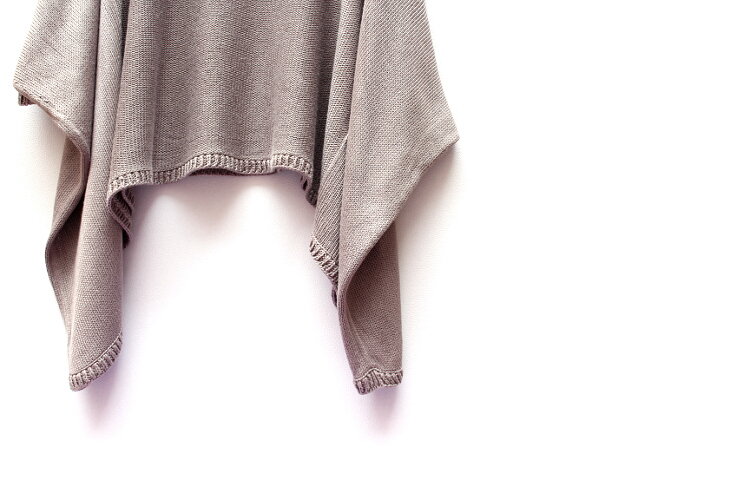 I lost the yarn label and I have no idea what weight it is, but it is something between fingering and lace. As I mentioned before, my machine can knit a wide range of yarn weights, but not all of them. I knit lace weight wool on it and there was not a problem, but bamboo is very slippery and it was pretty challenging to keep stitches from slipping off the needles, especially in the beginning.The other difficulty was the gauge. There are 150 needles on the machine's bed and to get the oversize look I would have to cast on almost 300 stitches. So, I at that point I realized I had to "break" the front and the back of the sweater in pieces to get the width. I was lost at first, but then thought that it would be a great way to play with texture. Initially I planned the sweater in simple stockinette, so the plan has changed. I decided to break the front and back pieces in 3 for each.I divided the stitch count I needed for the front width in 2. To get 32-34" width of the front I had to cast on 292 sts. I made a rectangular central piece 140 sts wide (almost all the needles on the machine were in work), then I made two pieces 76 sts wide. The same was done for the back.Then I put 6 pieces together by hand. First the front. The central big rectangular part has a reverse stockinette stitch on the public side, two small pieces are on each of its sides, with usual stockinette on the public side. I put these pieces together using a crochet slip stitch seam. I always use it when I need to put two different stitch patterns together. I love it more than the mattress stitch in this case. The same was done for the back and then side seams were done using the mattress stitch. Here is what I got at the end.
I lost the yarn label and I have no idea what weight it is, but it is something between fingering and lace. As I mentioned before, my machine can knit a wide range of yarn weights, but not all of them. I knit lace weight wool on it and there was not a problem, but bamboo is very slippery and it was pretty challenging to keep stitches from slipping off the needles, especially in the beginning.The other difficulty was the gauge. There are 150 needles on the machine's bed and to get the oversize look I would have to cast on almost 300 stitches. So, I at that point I realized I had to "break" the front and the back of the sweater in pieces to get the width. I was lost at first, but then thought that it would be a great way to play with texture. Initially I planned the sweater in simple stockinette, so the plan has changed. I decided to break the front and back pieces in 3 for each.I divided the stitch count I needed for the front width in 2. To get 32-34" width of the front I had to cast on 292 sts. I made a rectangular central piece 140 sts wide (almost all the needles on the machine were in work), then I made two pieces 76 sts wide. The same was done for the back.Then I put 6 pieces together by hand. First the front. The central big rectangular part has a reverse stockinette stitch on the public side, two small pieces are on each of its sides, with usual stockinette on the public side. I put these pieces together using a crochet slip stitch seam. I always use it when I need to put two different stitch patterns together. I love it more than the mattress stitch in this case. The same was done for the back and then side seams were done using the mattress stitch. Here is what I got at the end.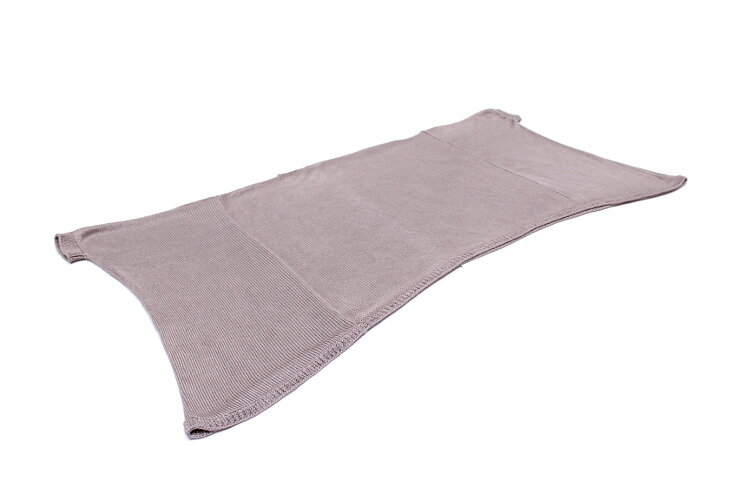 You can see the slight contrast between the central piece and the side pieces.Yarn. 100% bamboo. This was the first time I worked with this fiber. You can read yarn review here - Fiber Experiment. This is definitely not the easiest fiber to use.Pros:Drape. The fabric created by bamboo is unbelievable! The drape is perfect for oversize garments that will flow around your body and won't make you look bulky.
You can see the slight contrast between the central piece and the side pieces.Yarn. 100% bamboo. This was the first time I worked with this fiber. You can read yarn review here - Fiber Experiment. This is definitely not the easiest fiber to use.Pros:Drape. The fabric created by bamboo is unbelievable! The drape is perfect for oversize garments that will flow around your body and won't make you look bulky. Sheen. Yarn has the natural sheen and the color changes depending on light. It really looks alive and vibrating!!
Sheen. Yarn has the natural sheen and the color changes depending on light. It really looks alive and vibrating!! Feel. It is a wonderful feeling to wear bamboo next to your skin.Cons:Slippery. I wouldn't recommend 100% fingering bamboo yarn for a beginner knitter. You really have to have absolutely perfect tension. It is very hard to make stitches even and as in most plant fibers blocking doesn't fix the unevenness 100%. Even in machine knitting you have to carefully watch your tension. I will show you my "off" spots later. If you still want to try it, I would suggest the following:
Feel. It is a wonderful feeling to wear bamboo next to your skin.Cons:Slippery. I wouldn't recommend 100% fingering bamboo yarn for a beginner knitter. You really have to have absolutely perfect tension. It is very hard to make stitches even and as in most plant fibers blocking doesn't fix the unevenness 100%. Even in machine knitting you have to carefully watch your tension. I will show you my "off" spots later. If you still want to try it, I would suggest the following:
- Use bamboo or wooden needles, they will help with slippery stitches.
- Use a stitch pattern that doesn't have to be smooth and even like stockinette, so even if your stitches are not perfect, it won't show that much.
- Try to use bamboo blends, with merino for example. This way you will be able to enjoy all the advantages of the bamboo, but minimize its cons.
Weight. Compared to wool, it is pretty heavy, so I presume it will stretch a little bit over the time.
Design Details
Fit. Super oversize sweater. I would say it has around 30" of ease.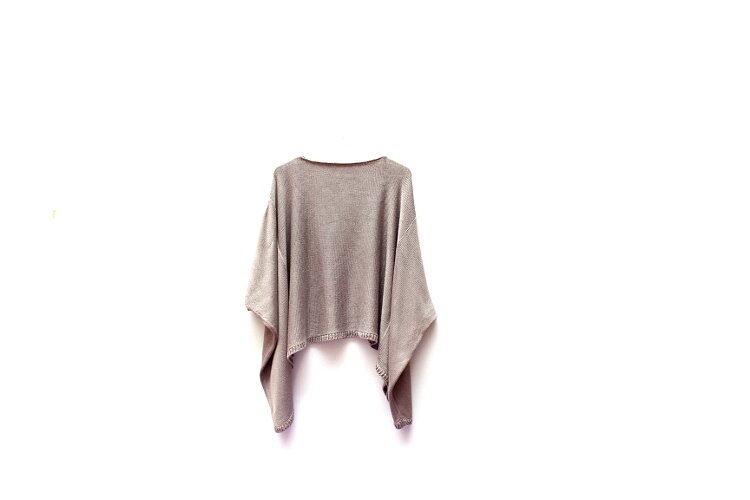 Neckline. I didn't shape the neckline at all. Just bound off central stitches.For trimming I used the technique I showed you last month (Perfect Neckline Trim Tutorial) - first I made a chain of slip stitches along the neckline and then I made a single crochet in each loop.
Neckline. I didn't shape the neckline at all. Just bound off central stitches.For trimming I used the technique I showed you last month (Perfect Neckline Trim Tutorial) - first I made a chain of slip stitches along the neckline and then I made a single crochet in each loop.  Hem. This was the most time consuming part. I planned to leave it raw first to let it naturally curl, but the reverse stockinette part was curling inside and I didn't like the look of the raw edges in stockinette section. So I made a chain of crochet slip stitches along the hem and knit 1*1 rib holding two strands of yarn together. Again, for the extra stability. You can only imagine how "fun" it was - 64"-long hem knit in fingering weight yarn.
Hem. This was the most time consuming part. I planned to leave it raw first to let it naturally curl, but the reverse stockinette part was curling inside and I didn't like the look of the raw edges in stockinette section. So I made a chain of crochet slip stitches along the hem and knit 1*1 rib holding two strands of yarn together. Again, for the extra stability. You can only imagine how "fun" it was - 64"-long hem knit in fingering weight yarn. Sleeves. Initially I was planning to make sleeves, but when I seamed the garment and put it on, I realized that the sides of the sweater fall low enough on my arms, so the only thing I did was knitting 10 rows of 1*1 rib holding two strands of yarn together to get a firm ribbing. I also picked up stitches for the rib from the slip crochet chain - it just makes everything look better.Texture. I love the ridges that seams created between reverse stockinette and the classic stockinette sections. Overall the sweater has 6 vertical seams. It took forever, but I know it will be worth it in the long term. As I mentioned above the fabric is pretty heavy and extra seams will prevent it from overstretching and will also hold the shape of the garment.
Sleeves. Initially I was planning to make sleeves, but when I seamed the garment and put it on, I realized that the sides of the sweater fall low enough on my arms, so the only thing I did was knitting 10 rows of 1*1 rib holding two strands of yarn together to get a firm ribbing. I also picked up stitches for the rib from the slip crochet chain - it just makes everything look better.Texture. I love the ridges that seams created between reverse stockinette and the classic stockinette sections. Overall the sweater has 6 vertical seams. It took forever, but I know it will be worth it in the long term. As I mentioned above the fabric is pretty heavy and extra seams will prevent it from overstretching and will also hold the shape of the garment.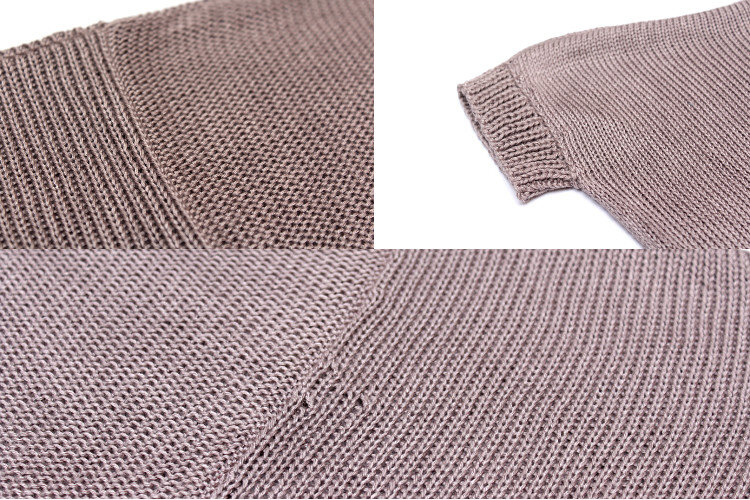 Tension. As I said, it is very challenging to keep the tension even when knitting with the thin bamboo thread, even when you are using the knitting machine. I tried my best, but there are still some "off" spots. They are not many of them, but there are there :(.
Tension. As I said, it is very challenging to keep the tension even when knitting with the thin bamboo thread, even when you are using the knitting machine. I tried my best, but there are still some "off" spots. They are not many of them, but there are there :(.
I love my new sweater and I learned so much working on this project!
Have a great week! See you at Yarn Along! I am re-reading "Cather in the Rye" and can't express how much I love it!
RELATED POSTS


